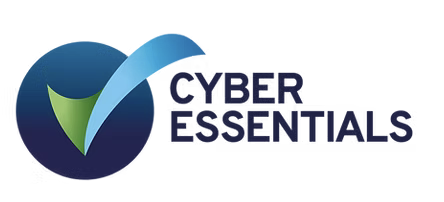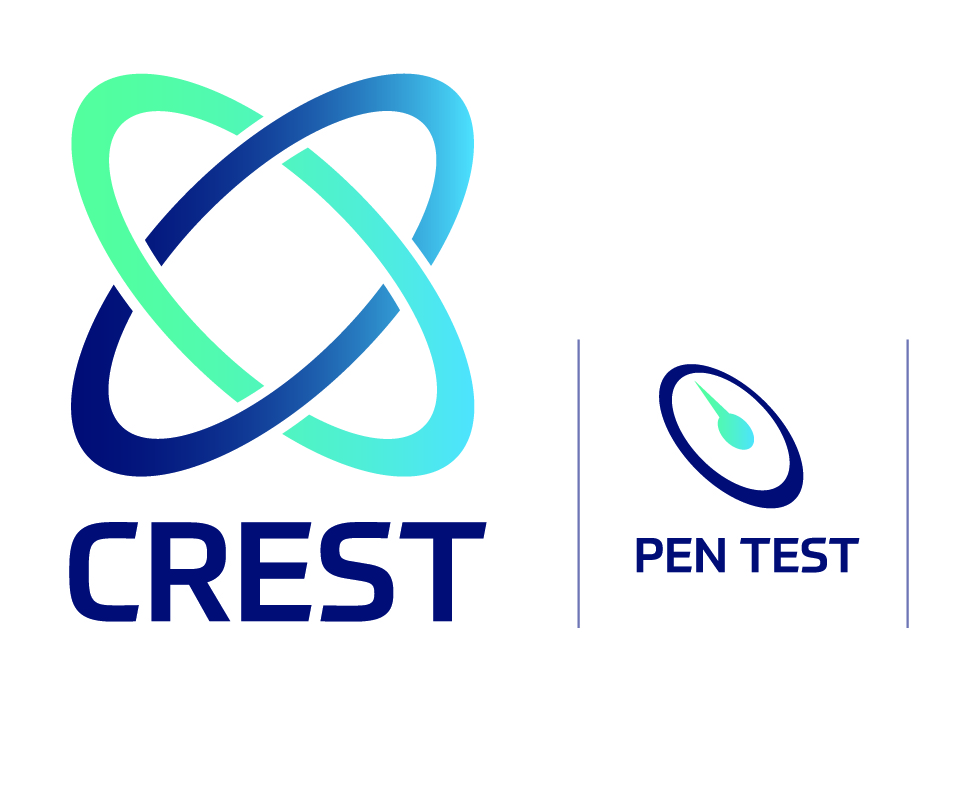Read our latest best practice guide to uncover unknown threats, and protect your business today.
In 2025, cyber threats are becoming more sophisticated and harder to detect, leaving businesses vulnerable to attacks they may not even know are happening. Whether it’s a phishing scam, ransomware attack, or an unpatched system, the risks are real and can be incredibly costly.
Most businesses don’t see a cyber attack coming. Many don’t even know when one has happened and by the time a breach is discovered, data may already be stolen, systems encrypted, or credentials sold. In fact, small and medium-sized businesses are prime targets, yet many assume they’re not at risk. 43% of cyberattacks target SMEs, but most businesses don’t realise it unless a breach happens. Malware can sit dormant, credentials can be sold on the dark web, and vulnerabilities can be silently exploited.
If you have been hacked, the chances are that you won’t know about it. Threat actors don’t announce themselves. They operate in stealth, often lingering undetected for months, harvesting data, moving laterally through networks, and waiting for the perfect moment to strike.
The longer a breach remains hidden, the greater the damage. Mean Time to Detect (MTTD) can stretch to weeks or even months, and this is time that businesses can’t afford to lose.
Our latest guide, ‘What You Don’t Know, Can Hurt You’, unmasks the unknown threats lurking within your systems and how to defend against them.
The Risks Hiding in Your Digital Blind Spot
Most businesses assume they are protected, but cybercriminals often exploit unseen vulnerabilities. From phishing scams to ransomware attacks, threats can infiltrate systems without detection.
These threats don’t just affect large enterprises, they target businesses of all sizes.
Security gaps exist everywhere. Some are in the software itself, some could be errors in code that create vulnerabilities before an application is even deployed. Others appear when systems are misconfigured, allowing attackers to bypass defences. Then, there are weaknesses in network infrastructure, where unpatched software, exposed services, and poor access controls create entry points.
Want to know how to identify and prevent these attacks? Download the full guide for expert insights and solutions.
How to Strengthen Your Cyber Security Posture
A strong cyber security strategy goes beyond basic compliance. To mitigate these risks, a layered security approach is essential. This includes tools that analyse software in development to catch weaknesses early, simulate real-world attacks to test defenses, and conduct in-depth assessments like pen tests to uncover vulnerabilities that automated tools may miss.
Each approach serves a purpose, but none works alone. A strong security posture requires all of them. Our guide covers:
- The essential cyber security services every business needs.
- How penetration testing services - including web application pen testing, network penetration testing and cloud penetration testing - can expose vulnerabilities before hackers do.
- The role of cyber security audits in ensuring ongoing protection.
- Why achieving a cyber security certificate, such as Cyber Essentials or ISO 27001, is just the beginning - not the solution.
Why Melius Cybersafe?
At Melius Cybersafe, we help businesses uncover hidden vulnerabilities before attackers do. Our CREST-accredited penetration testing, cyber security consultancy, and automated CyberSafe platform provide continuous protection and real-time security insights.
Understanding your vulnerabilities is the first step. Addressing them before attackers exploit them is what makes the difference.
Download the guide to learn how to take control of your security posture today.
Speak to our team











